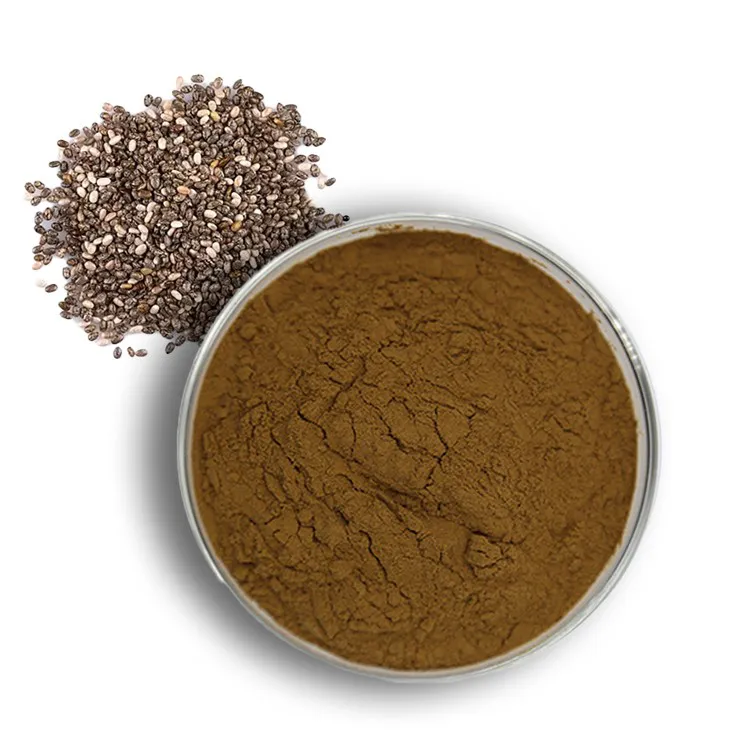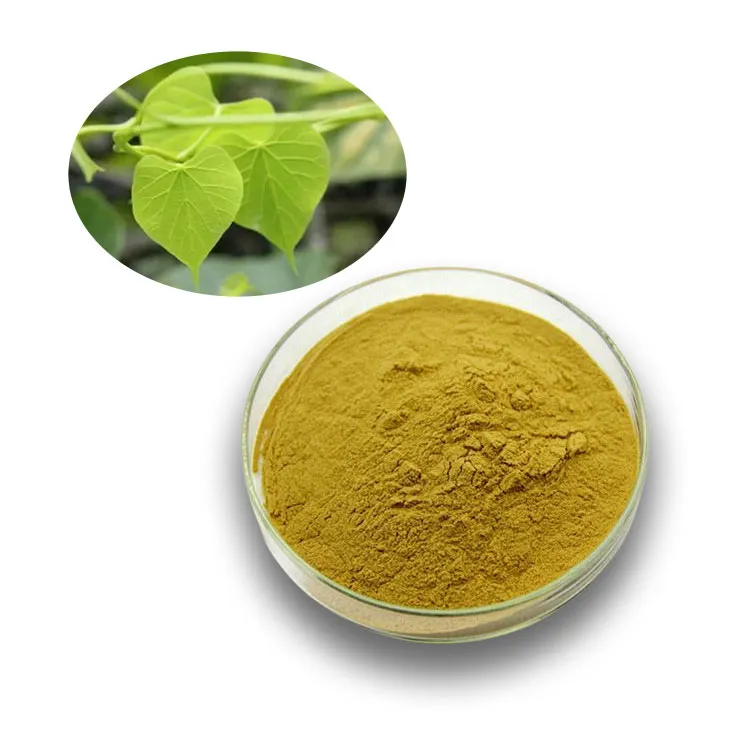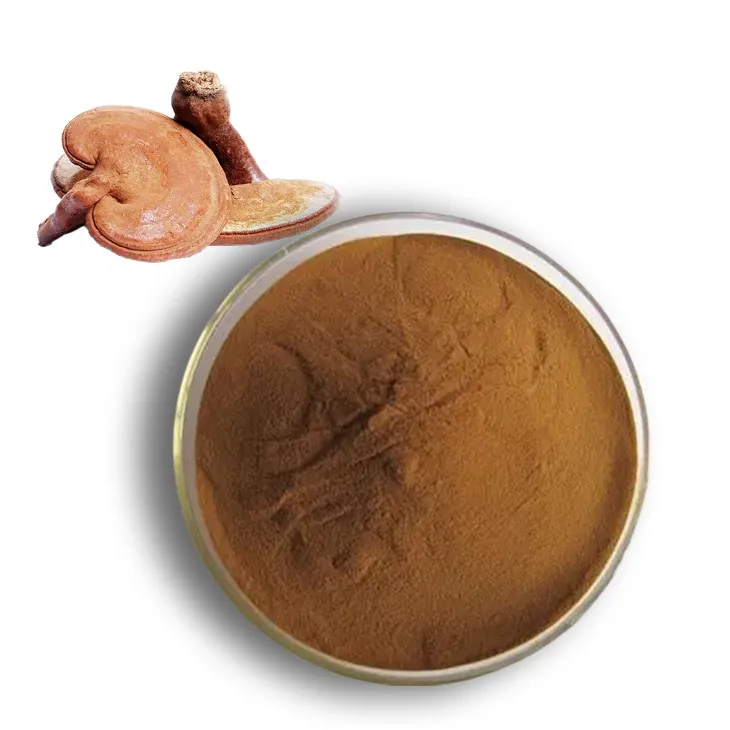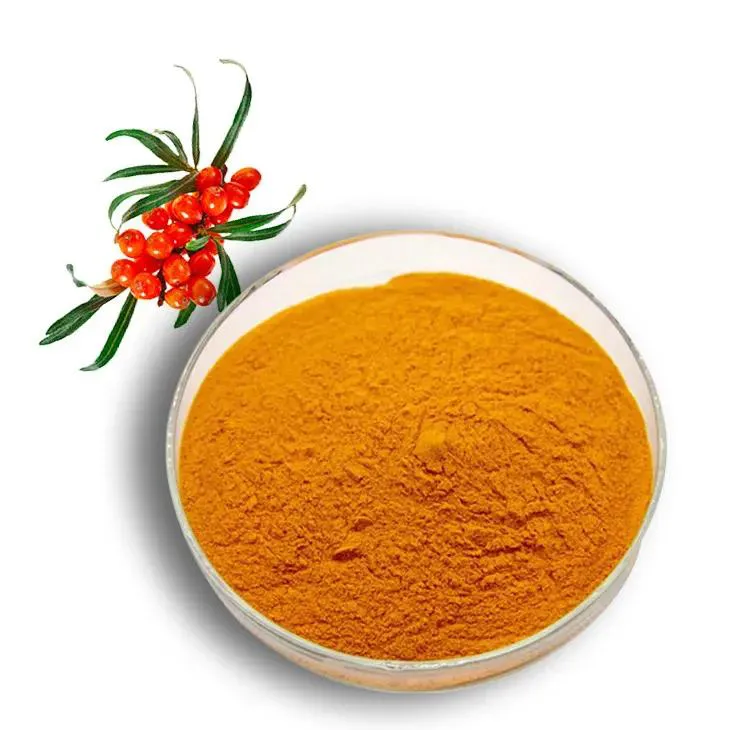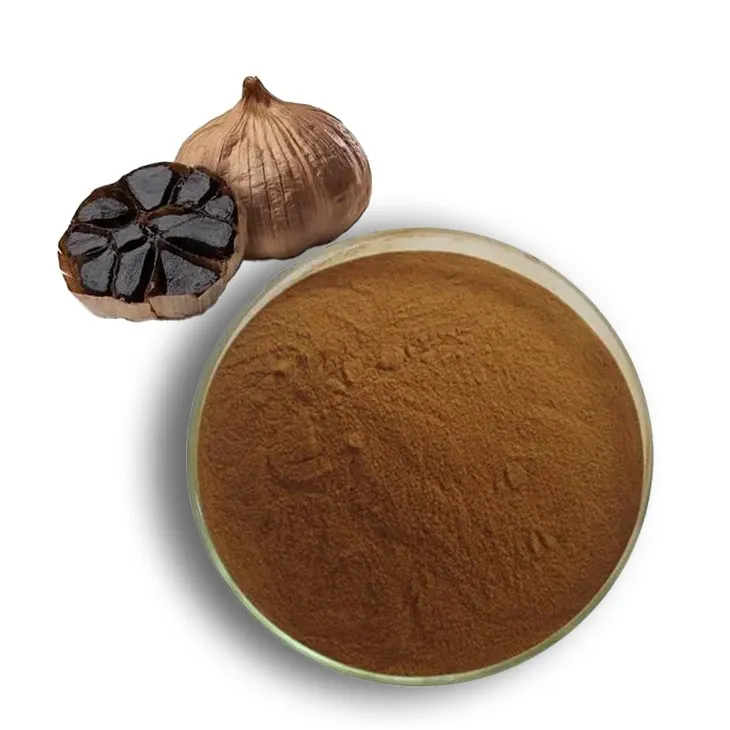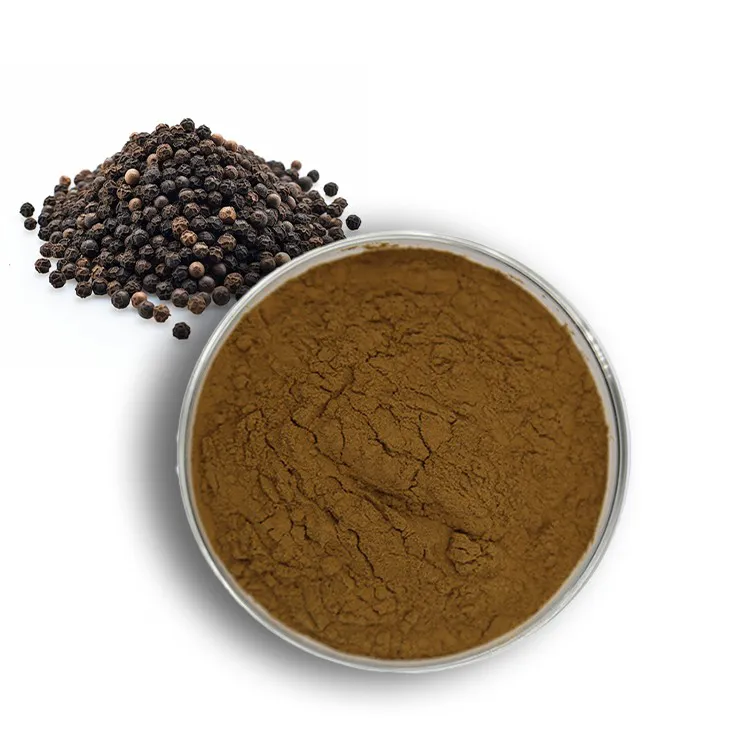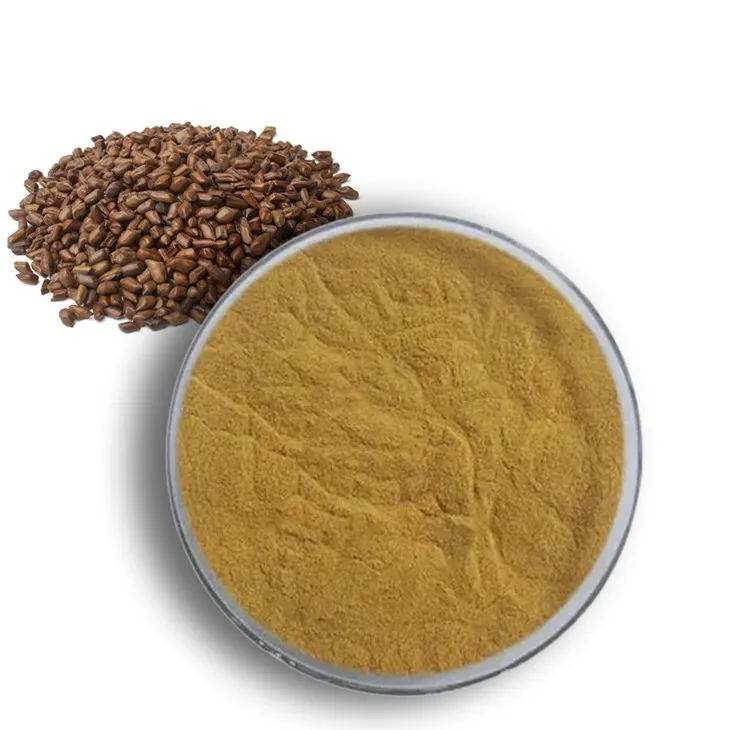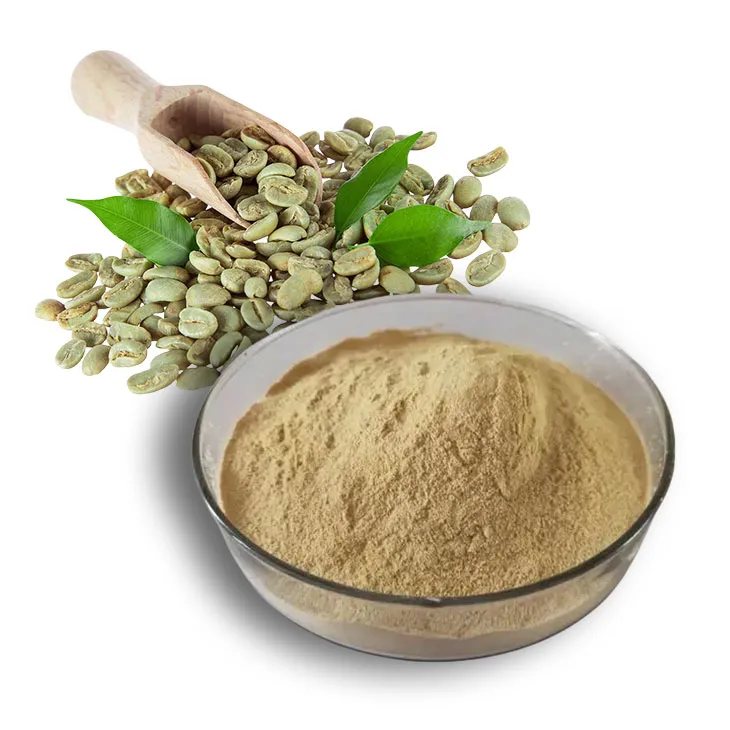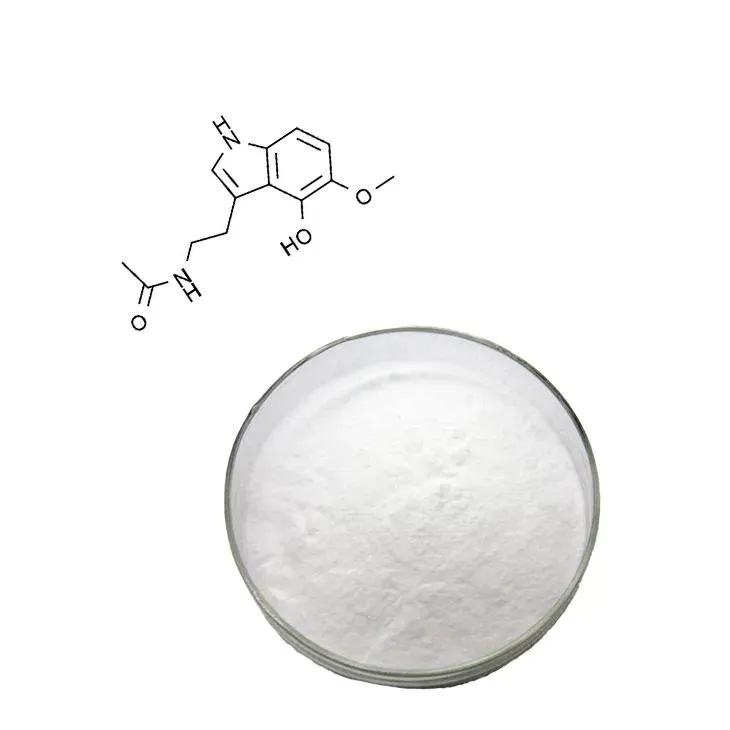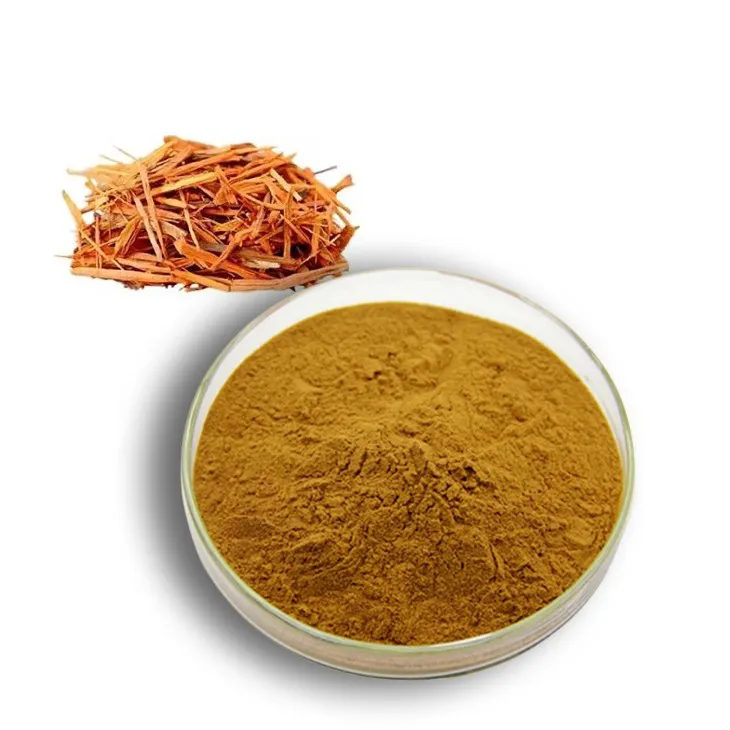- 0086-571-85302990
- sales@greenskybio.com
How long do grape leaves last once opened?
2025-08-24
Grape leaves, a staple in Mediterranean and Middle Eastern cuisine, are renowned for their unique flavor and versatility. Often used as wraps for delightful dishes such as dolmas, these leaves are typically preserved in jars or cans filled with brine. However, once a jar or can is opened, questions about storage and shelf life arise, particularly in terms of how to maintain their freshness and ensure their safe consumption. This article will explore how long grape leaves last once opened, providing insights into proper storage techniques and tips to maximize their shelf life while maintaining quality.
Understanding Grape Leaves and Their Uses
Grape leaves are the tender foliage of grapevines, and their culinary uses span across many cultures. They are commonly used to make stuffed grape leaves, where they are wrapped around fillings such as rice, meat, or vegetables seasoned with herbs and spices. This delicacy is celebrated for its combination of textures and flavors, with the mild, slightly tangy taste of the leaves complementing various savory fillings.
The Preservation of Grape Leaves
Grape leaves are typically preserved in two main forms: brined or canned. The preservation process involves soaking the leaves in a salty solution, which helps maintain their texture, color, and flavor over time. This method of preservation also provides a considerable shelf life, allowing the leaves to be stored for extended periods before use.
Once opened, however, the critical factor in determining how long grape leaves will last depends on proper storage techniques. Without following appropriate measures, the quality and safety of the leaves can deteriorate quickly.
How Long Do Grape Leaves Last Once Opened?
Once a jar or can of grape leaves is opened, their shelf life changes significantly. While the precise duration can vary based on multiple factors, generally, opened grape leaves can last for about 1 to 2 weeks when stored in the refrigerator. The following factors can impact the shelf life of opened grape leaves:
1. Storage Method: Proper storage is crucial for maintaining freshness. If stored correctly in an airtight container with their brining liquid in the refrigerator, grape leaves can maintain their quality for up to two weeks. It is important to keep the leaves submerged in the brine to prevent drying out and ensure a longer shelf life.
2. Temperature: The refrigerator's internal temperature plays a significant role. Maintaining a consistent temperature of 35°F to 40°F (1.5°C to 4.5°C) is ideal for preserving grape leaves and preventing bacterial growth.
3. Handling: Handling the leaves with clean utensils and hands helps prevent contamination. Introducing bacteria during handling can shorten their shelf life even when stored properly.
Tips for Extending the Shelf Life of Opened Grape Leaves
To maximize the shelf life and quality of opened grape leaves, consider the following practical tips:
1. Use Airtight Containers: Transfer any unused grape leaves and their brining liquid into a clean, airtight container before placing them in the refrigerator. This prevents air exposure, which can lead to spoilage.
2. Keep Leaves Submerged: Ensure that the grape leaves remain submerged in their brine. This step is critical as the brine acts as a preservative, helping to maintain the leaves' texture and prevent mold growth.
3. Monitor the Brine: If the brine appears cloudy or has changed color, it may be a sign of spoilage. Always use fresh brine if you notice any changes, as deteriorating brine can affect the quality of the grape leaves.
4. Label and Date: When transferring grape leaves to a different container, label and date the container to keep track of their storage duration. This aids in monitoring freshness and avoiding the consumption of expired leaves.
5. Avoid Cross-Contamination: Use clean utensils every time you retrieve leaves from the container. Avoid using your hands directly, as this can introduce bacteria that lead to quicker spoilage.
Signs of Spoiled Grape Leaves
Recognizing the signs of spoilage is essential to prevent foodborne illnesses. Here’s what to watch for when checking the quality of opened grape leaves:
1. Off Smell: A sour or unpleasant odor is an immediate indicator of spoilage. Fresh grape leaves have a mild, earthy aroma, whereas spoiled ones will have a distinct off-smell.
2. Discoloration: Fresh leaves typically maintain a vibrant green to olive color. If the leaves develop dark or black spots or are darkened significantly, it indicates spoilage.
3. Texture: Spoiled grape leaves may become slimy or excessively wilted. Fresh grape leaves should feel slightly firm and smooth to touch.
4. Mold Formation: Any visible mold growth (black, white, or green patches) on the leaves or in the brine is a definitive sign of spoilage. Discard any leaves showing these signs immediately.
Safe Practices and Alternative Preservation Methods
For those looking to extend the shelf life of grape leaves beyond refrigeration, consider alternative preservation methods:
1. Freezing: Grape leaves can be frozen for long-term storage. To freeze, drain the leaves from their brine, pat them dry, and stack them with wax paper between layers to prevent sticking. Place them in a freezer-safe bag or container, ensuring all air is expelled before sealing. When properly frozen, grape leaves can last for 6 to 12 months.
2. Vinegar Brining: Another preservation method involves using vinegar brine instead of salt brine. This not only extends shelf life but can impart a tangier flavor to the leaves. However, it is essential to adjust recipes accordingly when using vinegar-brined leaves due to their enhanced flavor profile.
Conclusion
Grape leaves, while delicate, can maintain their quality and flavor for a reasonable amount of time once opened when stored correctly. Understanding the factors that influence their shelf life and applying best storage practices ensures that you can enjoy these versatile leaves safely and at their finest. Whether you're preparing traditional stuffed leaves or exploring innovative culinary creations, properly preserved grape leaves can enhance your culinary repertoire. Through attentive handling and storage, the delightful taste and health benefits of grape leaves can be enjoyed over an extended period without compromising safety or quality.
- ▶ Hesperidin
- ▶ Citrus Bioflavonoids
- ▶ Plant Extract
- ▶ lycopene
- ▶ Diosmin
- ▶ Grape seed extract
- ▶ Sea buckthorn Juice Powder
- ▶ Fruit Juice Powder
- ▶ Hops Extract
- ▶ Artichoke Extract
- ▶ Mushroom extract
- ▶ Astaxanthin
- ▶ Green Tea Extract
- ▶ Curcumin
- ▶ Horse Chestnut Extract
- ▶ Other Product
- ▶ Boswellia Serrata Extract
- ▶ Resveratrol
- ▶ Marigold Extract
- ▶ Grape Leaf Extract
- ▶ New Product
- ▶ Aminolevulinic acid
- ▶ Cranberry Extract
- ▶ Red Yeast Rice
- ▶ Red Wine Extract
-
Chia Seed Powder
2025-08-24
-
Tinospora cordifolia extract
2025-08-24
-
Reishi mushroom extract
2025-08-24
-
Sea buckthorn Juice Powder
2025-08-24
-
Black Garlic Extract
2025-08-24
-
Black Pepper Extract
2025-08-24
-
Cassia Seed Extract
2025-08-24
-
Green coffee bean Extract
2025-08-24
-
melatonin extract
2025-08-24
-
Yellow Pine Extract
2025-08-24











